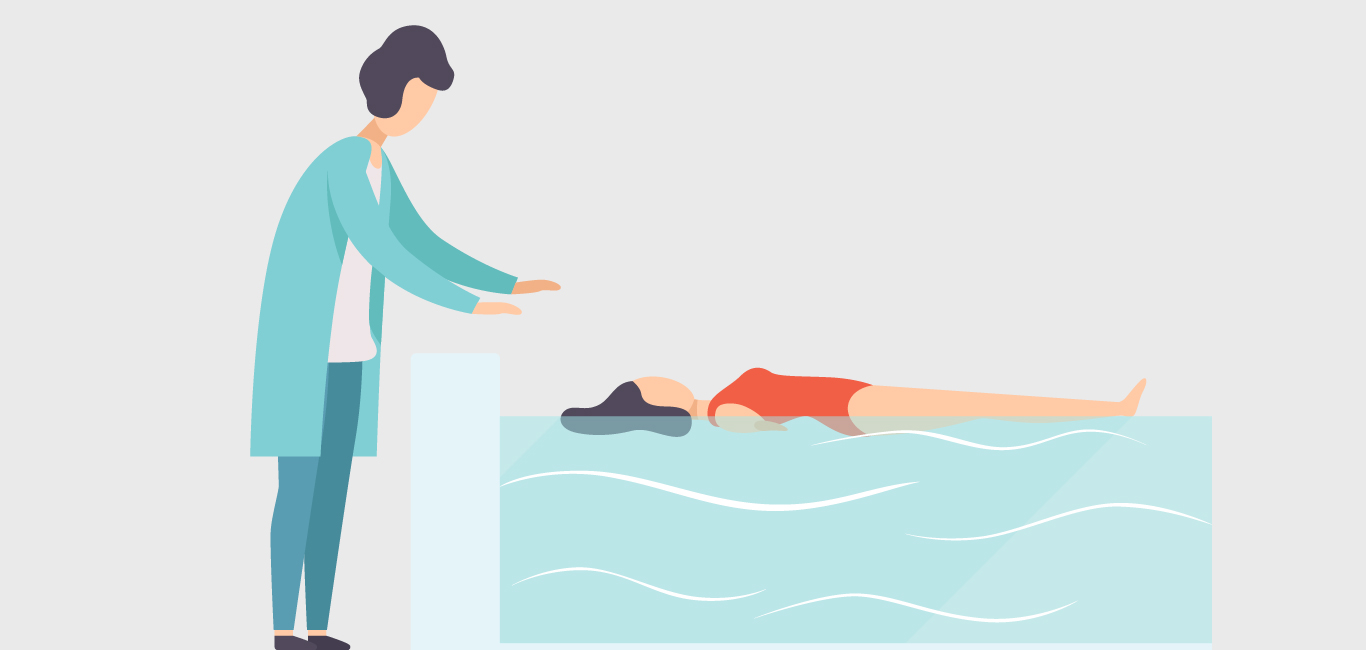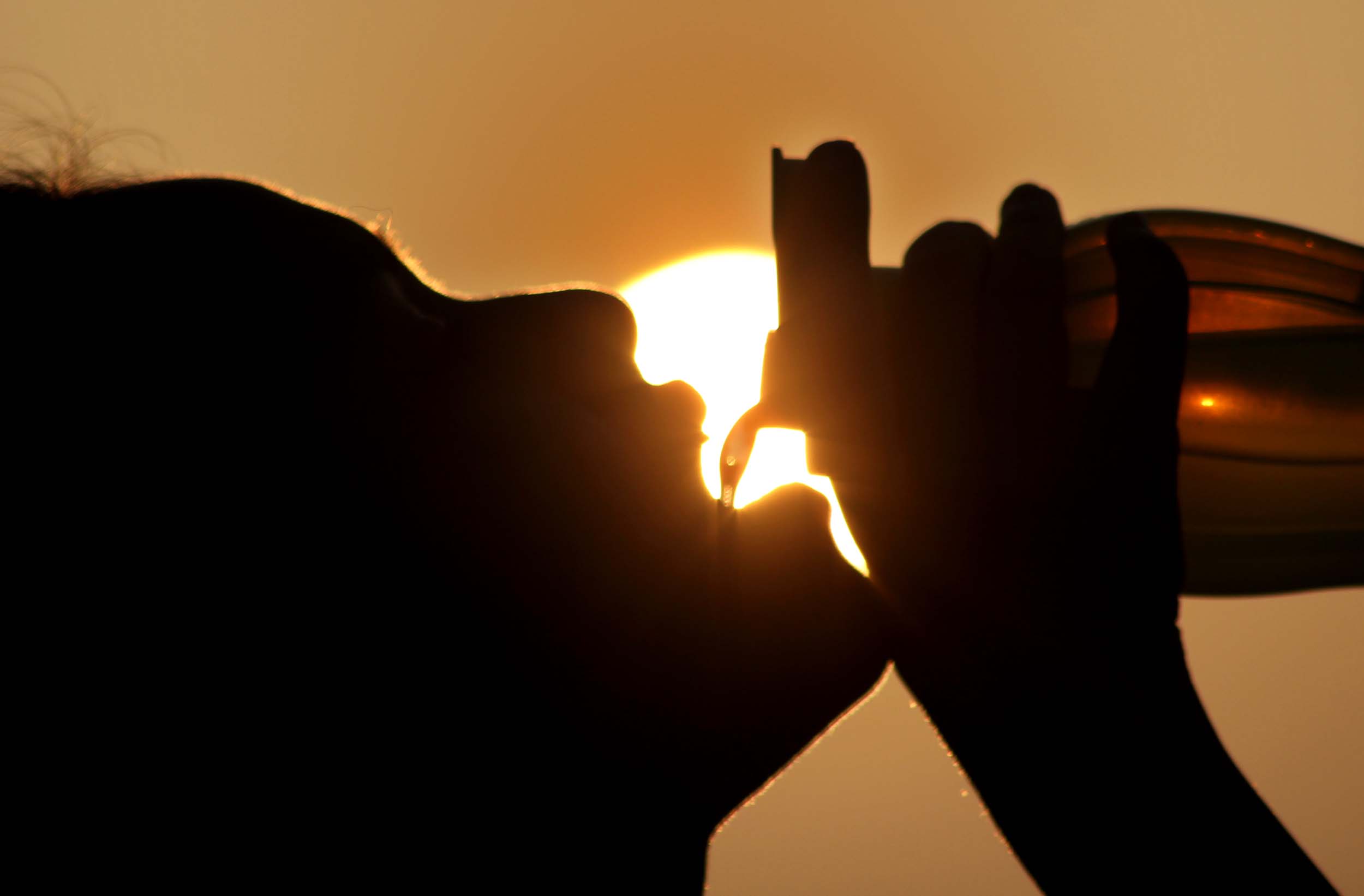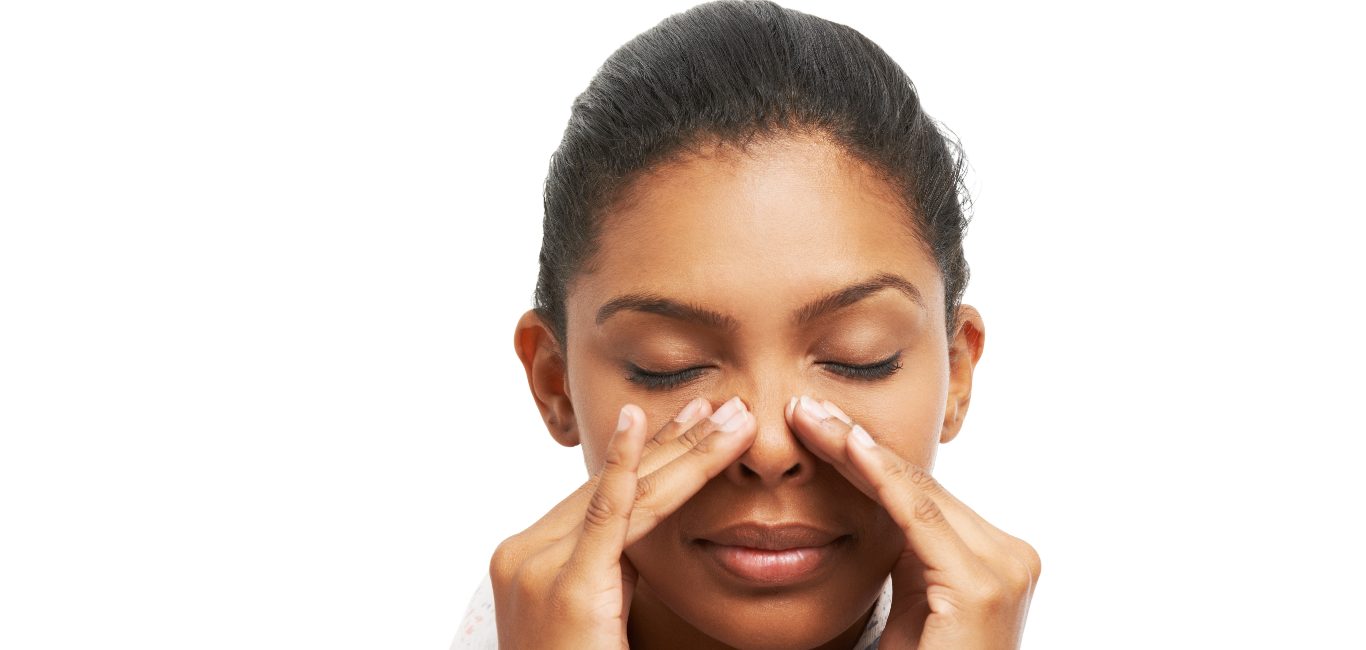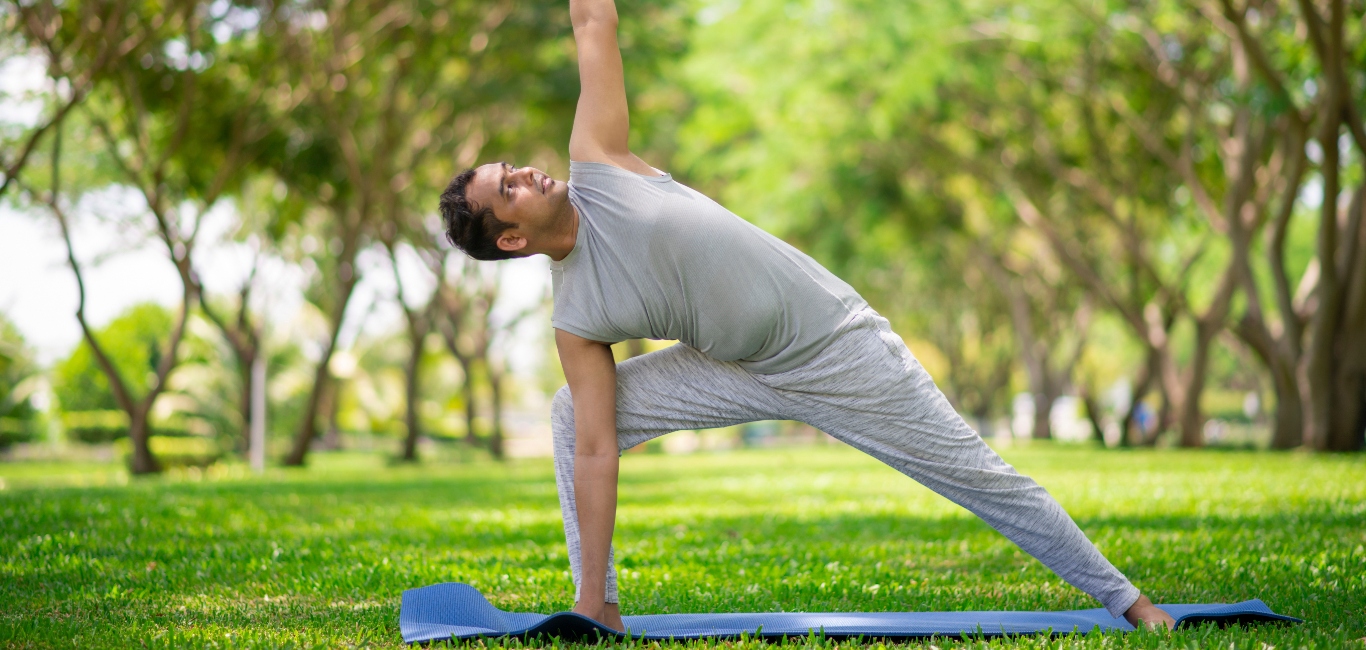
Ramya BB, 41, from Bengaluru, consulted her physician for a joint pain that had been troubling her for the past couple of years. Her medical history included obesity, gastritis and migraine. Her doctor told her that menopause could be one of the reasons for joint pain. She was prescribed with medications to relieve pain, but that was not a long-term solution.
She then approached a naturopath, who took her medical history, understood her lifestyle choices and prescribed mustard packs, cold compressors, and revulsive therapy for two weeks.
She was also given a diet plan and advised to exercise regularly. After taking the treatment and making the lifestyle changes suggested, she was able to manage her joint pain, gas trouble, and migraine attacks. Moreover, she also lost weight.
In naturopathic management, hydrotherapy plays a very important role. Hydrotherapy or water therapy is the therapeutic use of water in various forms (hot and cold) to manage different conditions.
The treatment plan in hydrotherapy depends on a person’s height, weight and strength. Since most of the treatment methods involve hot or cold application of water over the skin, the doctors examine the skin response and suggest the type of compression, packs, or baths that are suitable for an individual.
Dr Sujatha K J, dean, Division of Natural Therapeutics, Shri Dharmasthala Manjunatheshwara College of Naturopathy and Yogic sciences in Ujire, Karnataka says, “When a hot and cold stimulus is applied over a small area of the skin, it responds by changing its colour to red and pallor respectively. If the skin response to the stimulus is longer, then it is better to avoid steam baths or very hot compressions. However, Epsom salt (magnesium sulfate) could be rubbed against the skin to remove the dead cells and improve the skin response before hydrotherapy.”
Compression therapy
“Arthritis management in naturopathy includes fasting therapy, massage therapy, therapy with infrared rays, and hydrotherapy. Hydrotherapy includes mustard packs, and hot, warm, or cold compressors,” says Dr Sujatha.
The mustard pack is a paste of mustard powder, rice flour, and hot water which is applied over the skin. According to a study, it acts as an irritant and increases the blood flow near the joints which stimulates the brain’s response, eventually reducing joint pain.
The pack should be removed after 12 to 15 minutes; otherwise, it can lead to burns. Some individuals may feel a burning sensation in a short time. In such cases, the pack should be removed immediately. The treatment continues for three to seven days, says Dr Sujatha.
“Compressor therapies are easy to perform and can be practiced by an individual at home after the initial therapy. Depending on the hot or cold compression, the cloth is soaked in hot or cold water respectively and tied over the joint. Usually, hot compression is given for four minutes followed by a minute of cold compression. However, for chronic conditions, hot compression is suggested for eight minutes followed by two minutes of cold compression. It improves blood circulation and helps in relieving pain,” Dr Sujatha adds.
Contrast bath therapy
The hot and cold-water baths are given alternatively for about 15 to 20 minutes in six to seven sessions. Dr Neha Patel, a naturopath from Aarogyam Naturopathy Centre, Lucknow, Uttar Pradesh says that older people who have undergone joint surgery can take this contrast bath therapy to relieve pain. It can be taken 15 days after the surgery under a naturopath’s guidance.
Steam bath
During steam bath, the individual is made to lie inside a chamber. The head remains outside, and steam is infused for about eight to ten minutes followed by a shower in cold water.
Steam inhalation gives relief in case of allergic rhinitis (runny nose due to allergy). However, it is best to avoid using aroma oils as they may irritate the eyes, says Dr Sujatha.
Packs
According to naturopathic physicians, cold therapy like drinking cold water, bathing in cold water, and exposure to cold air is suggested for individuals with allergic rhinitis.
For asthma management, cold water is splashed over the chest while hot packs are placed at the back. For individuals with bronchitis (inflammation of the airway), the body is wrapped in a dry sheet and allowed to sweat.
“Individuals with anemia have less nutrient absorption capacity despite eating a nutrient-rich diet. For such individuals, gastro hepatic packs (hot fomentation over the body and cold bags on the lower back region) help to improve absorption,” adds Dr Sujatha.
Experts describe the following three phases for 10 to 15 days (about 2 weeks)
Elimination phase – In this phase, immersion therapy helps the body to remove waste materials. This therapy includes two sessions: the morning session involves hot water immersion, usually on an empty stomach; the second session follows after three to four hours and uses warm or cold-water to help the body relax.
Warm water immersion can also be done in a bathtub at home. It helps to relax and manage stressful situations. A few drops of lavender oil can be added in the bathtub for a calming effect.
Soothing phase – Underwater massage helps to improve blood flow and manage chronic conditions like hypertension, diabetes, hyperlipidemia, and arthritis. The individual lies inside the tub, with the water stream flowing from different directions providing a soothing effect. Usually, very hot water is avoided in this phase as it causes exhaustion, and only warm and cold water are used.
Constructive phase – Apart from hydrotherapy, this phase usually involves chromotherapy (which involves use of colours), massage, and sunbathing as supportive management methods.
Diet
During the entire phase, the individual is asked to consume boiled vegetables and fruit juices and limit the intake of spicy foods.
“Before starting the therapy, the individual is asked to take adequate rest and hydrate the body (by drinking water). It is important to exercise after hydrotherapy to loosen the stiffness in the body. Individuals with skin allergies or infectious conditions are not advised to undergo hydrotherapy,” concludes Dr Patel.


















One Response
Explained in simple English to understand. Stepwise details and things to do will benefit the persons undergoing the problems. Nice article